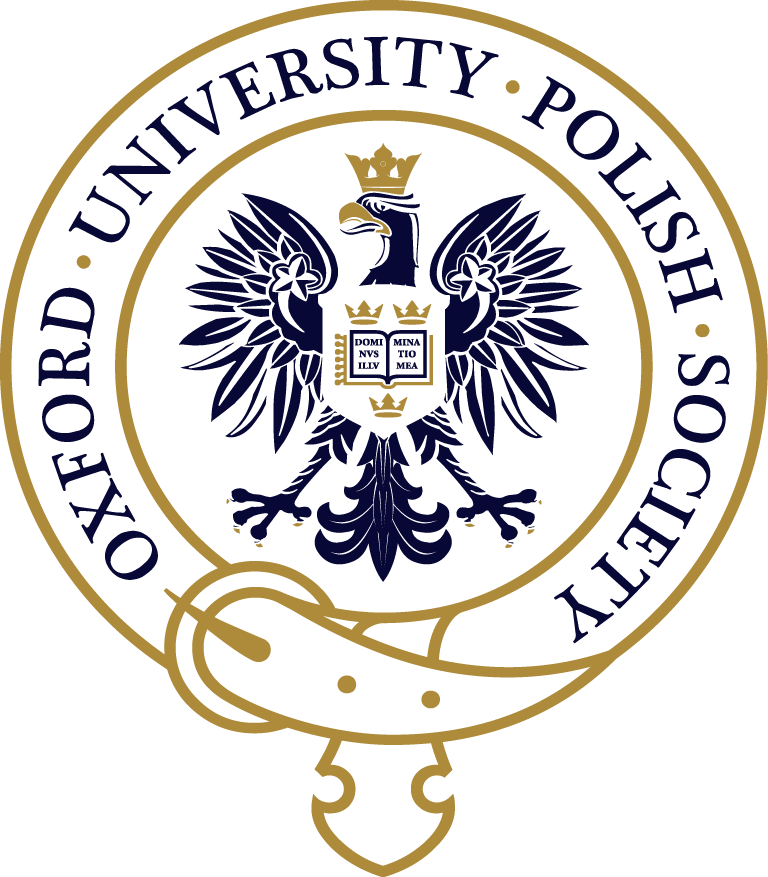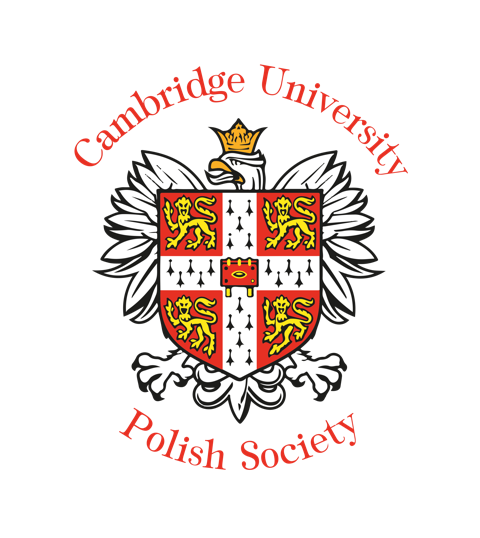Zbigniew Eugeniusz Religa
‘The heart wants what it wants’ – does it, really? Not with Professor Religa! A biography of the pioneer of human heart transplantation in Poland.

Zbigniew Religa watching his patient’s vital signs after the 23-hour-long operation.
The photo of the year 1987 acc. to National Geographic.
Without outstanding beginnings
Zbigniew Eugeniusz Religa was born on the 16th of December 1938 in Miedniewice village, 50 km west of Warsaw, where his father Eugeniusz was a headmaster and mathematics teacher at the local school. His mother was also a teacher. Brought up mostly in the Polish capital, the teenage Zbigniew was not particularly interested in science. Rather than poring over books, he used to rather opt for pranks and truancy. Yet, thanks to parental strictness in regard to his exams, the secondary-school graduate succeeded in achieving good results that allowed him to get into medical school. Interestingly, at first Zbigniew was not drawn to medicine, biology nor chemistry, but to philosophy, which at some point he even intended to study.
Career as a physician
Having found his way to the Medical University of Warsaw, Religa’s love of this subject began to surface. During the second year of his medical studies, Zbigniew met Anna Wajszczuk, who he married in 1963. Three years later, he started working in the Szpital Wolski in Warsaw where he was qualified in surgery , and in 1973 obtained a PhD. In the 1970s, the young surgeon became a scholar at Mercy Hospital, in the state of New York, and an intern of vascular and heart surgery in New York City and Detroit. This is where he gained an invaluable practice and worked with the most up-to-date equipment, inaccessible at that time in Poland. Having returned to his homeland, Zbigniew started working at the Warsaw Institute of Cardiology, become a habilitated doctor, and in 1984, a director of the Cardiosurgical Clinic in Zabrze. This is where, according to his previous plans he led the team to perform the first successful human heart transplant in the country, on the 5th of November 1985. Despite the success of the surgery, the patient died two months later because of sepsis.
Heart-to-heart doctor

In the medical practice, he always followed the Latin maxim: Salus populi suprema lex esto (‘The welfare of the people shall be the supreme law’). Confident, with brilliant technique, visionary, orientated towards patients, engaging – these are only few examples of the traits he was known for in the hospital environment. During surgeries he listened to Louis Armstrong, whose record was the only one in his car, with ‘What a Wonderful World’ being his number one. When tools nurses forgot to play the music, he sang an out of tune rendition of ‘Serce w plecaku’ (eng. ‘Heart in the backpack’), a military and patriotic canzone. One day, he measured his pulse after performing a difficult operation and it has reached 170 beats per minute, with 70 being the standard value. His fight to save the patients was second to none. Difficult patients were the ones he worked for with the belief that every measure must be taken when human health and life come into play, with 37-hour-long operations being the least he could do. Heart transplants were the lifeline for some of the terminally ill patients, with only few days or even hours left to live.
Was the juice worth the squeeze?
The first successful human heart transplantation worldwide was performed by a South African team led by Dr Christiaan Barnard, in 1967. Religa intended to achieve the same in the harsh realities of the communist Poland in the 1980s, where even disposable medical gloves straight from the factory were not sterile. Because of shortages of everything, they had to be disinfected and reused several times. Religa had never witnessed an actual operation like this before and practised only on dogs and corpse. No laws regulating transplants were in existence, necessary consents were hard to obtain and even just organ transportation at that time presented a huge challenge. Making his dream come true was not going to come easily! Of course, there were some favourable circumstances as well. Namely, a new drug with the immunosuppressive activity – cyclosporine – become accessible and could help with metastases. Also, there were young surgeons and sufficient equipment at hand so docent Zbigniew Religa made up his mind to take the risk and give hope to the patients for whom transplantations were the last resort. Unfortunately, Professor Wacław Sitkowski, the head of the surgical ward, at the Szpital Wolski, was firmly opposed to the innovative but very risky procedures and refused to give a go ahead. Religa had to start his own clinic in Zabrze. He practically lived there, at the cost of spending time with his own family.
With teaching in his blood

By his co-workers called the ‘old man’, ‘uncle Zbych’ or a ‘daddy’, Religa was a doctor without professional jealousy, who wanted the young surgeons under his wing to be better than him. In other medical faculties in the 1980s surgical assistants at the very most observed their professors’ work but Zbigniew at his clinic allowed the young doctors to operate independently, intervening only when things went wrong. One of his most prominent trainees, Professor Cichoń recalls: ‘I knew that everything was alright when Religa shouted “You, son of a bitch!”. Worse when he droned “Dr Cichoń”.’ He used to fire his employees regularly. Cichoń has been sacked by him as well. Not merely once. But was then to be employed in the next 10 minutes again. Religa despised the existing hierarchy in the hospitals with the head of the ward being its god, an ultimate decision-maker, and having-nothing-to-say nurses.
Famous photograph

Tadeusz Żytkiewicz,
a patient from the famous photo.
The most renowned of the Religa’s team surgeries was a 23-hour-long heart transplantation on the night of the 4th of August, 1987, the 19th surgery of this type in the clinic in Zabrze. The patient of this operation was a 60-year-old Tadeusz Żytkiewicz who died in 2017, over 30 years after the operation, and outliving the man who gave him the heart. Having performed two transplantations in one night, Professor Zbigniew Religa and his sleeping assistant - Dr Cichoń - were captured by an American photographer, James L. Stanfield on one of the 100 most important photographs in the history of National Geographic.
HEAvy SMokER as HEAlth MiniStER
Zbigniew Religa worked like magic. But his life had another side to it too. He was not a saintly figure. He smoked like a chimney, swore like a sailor and drank like a fish. Religa always drove fast and took risk not only during surgeries but also as a casino gambling man. Zbigniew publicly admitted that in the 70s and at the beginning of the 80s he abused alcohol, but gave it up when he started to suspect an addiction. But he had some healthy hobbies too. Zbigniew enjoyed football (he was a big supporter of the local football team Górnik Zabrze), fishing and loved animals.
A passionate medic, Religa also became actively involved in politics as a Senator, presidential candidate and Minister of Health of Poland in years 2005-2007.
Curiously enough, one of his co-workers, who also took part in the first transplantation, Professor Marian Zembala also became the country’s Health Minister in 2015.

Zbigniew Religa with his wife, Anna.
Death from lung cancer

Zbigniew Eugeniusz Religa died on the 8th of March in 2009, at the age of 70, leaving behind his wife, Anna – assistant professor at the physiology department at the Medical University of Warsaw and two children, Małgorzata (Margaret), a Sinologist and Grzegorz (Gregory), just like his father, a cardiac surgeon. During his funeral, the ‘What a Wonderful World’ jazz song by Louis Armstrong was played.
In 2014 a movie Bogowie (‘Gods’) directed by Lukasz Palkowski was released. It is the biopic about Religa and the story of his team’s struggles for the heart transplantation in Poland. (7.8/10 at IMDb)
Trailer of ‘Gods’ with English subtitles
If you want to read more:
- about the photograph:
- Andrei, M. (2016). The history of a picture that changed the world. [online] ZME Science. Available at: https://www.zmescience.com/other/great-pics/zbigniew-religa-picture/4.
- about the film:
- Archer, G. (2014). 'God's' Is One Of The Best Foreign Language Films Of The Year. [online] HuffPost. Available at: https://www.huffingtonpost.com/greg-archer/gods-is-one-of-the-best-f_b_6149116.html?guccounter=1.
- IMDb. (n.d.). Gods (2014). [online] Available at: https://www.imdb.com/title/tt3745620/.
- about Zbigniew Religa:
- Wikiwand. (n.d.). Zbigniew Religa | Wikiwand. [online] Available at: https://www.wikiwand.com/en/Zbigniew_Religa.
Bibliography:
- Bochenek, K. and Kortko, D. (2014). Zbigniew Religa: Jestem próżny. [online] wyborcza.pl. Available at: http://wyborcza.pl/TylkoZdrowie/1,137474,15724224,Zbigniew_Religa__Jestem_prozny.html [Accessed 14 Jul. 2018].
- Bojarski, Ł. (2009). Zbigniew Religa. [online] PolskieRadio.pl. Available at: https://www.polskieradio.pl/23/266/Artykul/171353,Zbigniew-Religa [Accessed 13 Jul. 2018].
- Fokus.tv. (2016). Kim jest Małgorzata Religa, córka Zbigniewa Religi?. [online] Available at: http://www.fokus.tv/news/kim-jest-malgorzata-religa-corka-zbigniewa-religi/12547 [Accessed 14 Jul. 2018].
- Kortko, D. (2014). Sceny z życia prof. Religi. [online] wyborcza.pl. Available at: http://wyborcza.pl/TylkoZdrowie/1,137474,15724100,Sceny_z_zycia_prof__Religi.html [Accessed 14 Jul. 2018].
- Kortko, D. and Watoła, J. (2014). Religa: biografia najsłynniejszego polskiego kardiochirurga. Warszawa: Agora SA.
- Mróz, K. (2016). 'Bogowie' - biografia od serca. Tomasz Kot jako prof. Zbigniew Religa w najlepszym filmie 2014 r.. [online] wyborcza.pl. Available at: http://wyborcza.pl/7,90535,21007646,bogowie-biografia-od-serca-tomasz-kot-jako-prof-zbigniew.html [Accessed 14 Jul. 2018].
- Nowik, M. (2014). Religa rewolucjonista. "Wariat ze skalpelem". Ratował pacjentów nawet świńskim sercem. [online] wiadomosci.dziennik.pl. Available at: http://wiadomosci.dziennik.pl/historia/ksiazki/artykuly/472103,zbigniew-religa-biografia-dariusz-kortko-judyta-watola-religa-recenzja-ksiazki-zdjecia.html [Accessed 13 Jul. 2018].
- Połowianiuk, M. (2014). Historia jednego zdjęcia: Bogowie kardiochirurgii. [online] Spidersweb.pl. Available at: https://www.spidersweb.pl/2014/10/historia-jednego-zdjecia-bogowie-kardiochirurgii.html [Accessed 13 Jul. 2018].
- Profesor od serca. Zbigniew Religa. (2010). [video] Directed by H. Szymura. Telewizja Polska S.A. Available at: https://vod.tvp.pl/video/profesor-od-serca-zbigniew-religa,profesor-od-serca-zbigniew-religa,8039289 [Accessed 13 Jul. 2018].
- Watoła, J. (2017). Nie żyje Tadeusz Żytkiewicz, najsłynniejszy pacjent Zbigniewa Religi. [online] wyborcza.pl. Available at: http://wyborcza.pl/TylkoZdrowie/7,137474,22402803,nie-zyje-tadeusz-zytkiewicz-najslynniejszy-pacjent-zbigniewa.html [Accessed 14 Jul. 2018].
- Wilczyńska, E. (2018). Prof. Cichoń - był uczniem Religi, teraz żartują, że jest jego 'lepszą wersją'. [online] wyborcza.pl. Available at: http://wyborcza.pl/AkcjeSpecjalne/7,155762,23409076,prof-cichon-kardiochirurg-nazywany-lepsza-wersja-religi.html [Accessed 14 Jul. 2018].
Sources of photographs:














